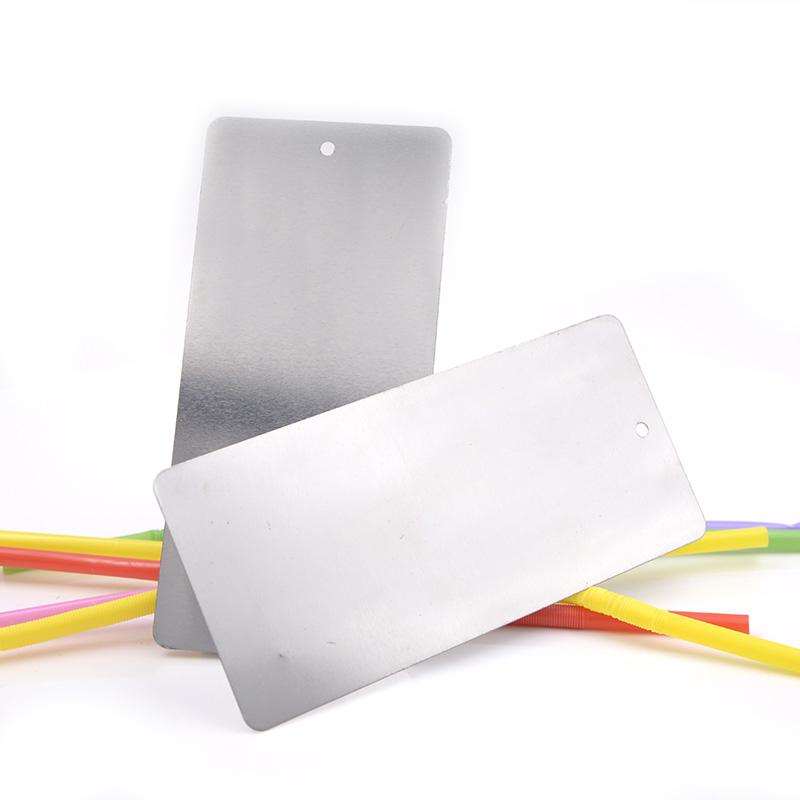Bestimmung der Flexibilität von Lackfilmen in GB/T 1731 Norm und ihre Anwendungsanalyse
In der Malerbranche, Die Flexibilität des Lackfilms ist ein wichtiger Leistungsindikator, which reflects the elasticity and resistance of the coating under external action. GB/T 1731 standard provides a method to determine the flexibility of paint film, this paper will introduce the test principle of the standard, required materials and equipment, operation points and precautions, and analyze the significance and advantages and disadvantages of the method in practical application.
Bestimmung der Flexibilität von Lackfilmen in GB/T 1731 Norm und ihre Anwendungsanalyse
Determination of paint film flexibility
The test principle of GB/T 1731 standard is to check the rupture and elongation of the paint film by stressing the deformation of the substrate together, and also includes the role of the interface between the paint film and the substrate. This test method can simulate the deformation of the coating under external force to evaluate its flexibility and resistance.
The flexibility tester is the key equipment of the test, the QTX type paint film elasticity tester mentioned in the GB/T 1731 standard is composed of 6 steel shaft rods with different thickness, each shaft rod length is 35mm, and the radius of curvature is 0.5mm, 1mm, 1.5mm, 2mm, 2.5mm, 7.5mm. Zusätzlich, the test also requires tinplate as the base material. To perform the test, the paint template needs to be turned up and pressed firmly with both hands on the shaft rod of the desired diameter. Dann, bend around the rod in 2 Zu 3 Sekunden, after bending the thumb should be symmetrical to the center line of the rod. This process simulates the bending deformation of the coating under external forces to assess its flexibility. Observe the paint film visually or through a magnifying glass to see if there are any damage phenomena such as webs, cracks and peeling during the test. The flexibility of the paint film is expressed by the minimum diameter of the shaft rod which the template is bent on the shaft rod of different diameters without causing damage to the paint film. The smaller the result, the more flexible the film is.
Notiz: When testing, it is necessary to pay attention to the template pressed on the shaft rod, the bending action should be completed quickly, and the force of the two thumbs should be uniform to ensure the accuracy and consistency of the test.
Bestimmung der Flexibilität von Lackfilmen in GB/T 1731 Norm und ihre Anwendungsanalyse

The significance and application of the determination of the flexibility of paint film
GB/ T1731 film flexibility measurement is one of the important methods to evaluate the elasticity and resistance of coatings. In der praktischen Anwendung, this method can help manufacturers understand the deformation of coating under external forces, so as to optimize the coating process and material selection, and improve the quality and performance of coating. Zusätzlich, the flexibility of the paint film is also closely related to the service life of the coating, so the method is particularly important for long-term use of coating products.
Bestimmung der Flexibilität von Lackfilmen in GB/T 1731 Norm und ihre Anwendungsanalyse
Zusammenfassen
Das GB/T 1731 film flexibility test method is an important means to evaluate the properties of coating. By simulating the deformation of coating under external force, the elasticity and resistance of coating can be evaluated. The operation of this method is relatively simple, but it has important application value in the coating industry, which helps to improve the quality and performance of the coating and meet the needs of different fields.
